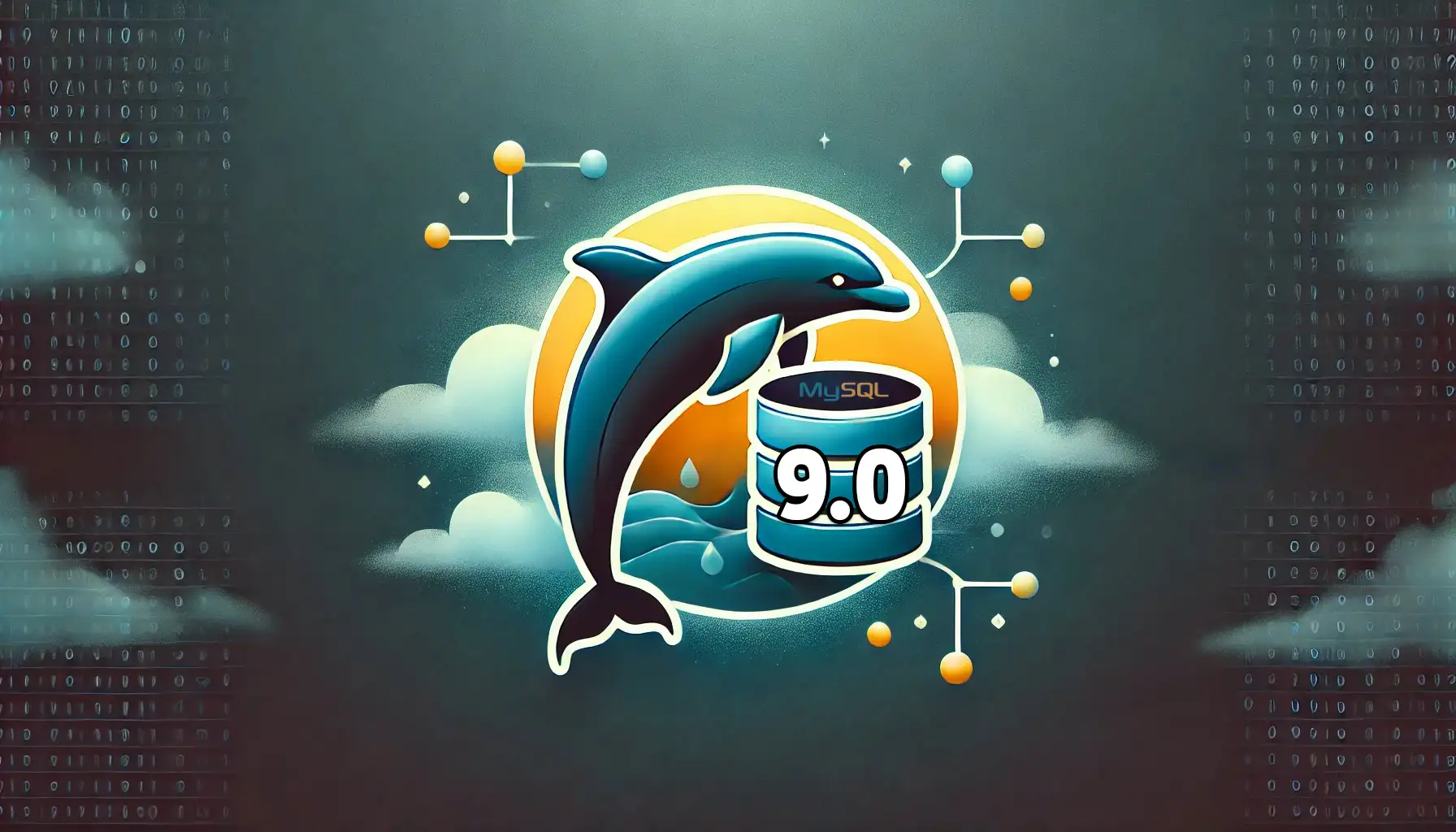
When working with JavaScript and Node.js projects, using npm (Node Package Manager) is a staple part of development. However, keeping npm packages updated is essential for several reasons: new features, security patches, performance improvements, and compatibility fixes. Here’s a quick guide on updating outdated npm packages to keep your project in tip-top shape.
Why Should You Keep npm Packages Updated?
Updating npm packages provides a few essential benefits:
- Security: Older package versions may contain vulnerabilities that can compromise your app.
- Performance and Efficiency: Newer versions often bring performance optimizations.
- Compatibility: Keeping packages updated ensures they remain compatible with the latest versions of dependencies, tools, and frameworks.
While the process is straightforward, it’s essential to approach it carefully to avoid compatibility issues.
Step 1: Checking for Outdated Packages
To get started, navigate to your project’s root directory and run:
npm outdated
This command will show a list of all packages that are outdated, organized with the following columns:
- Current: The version currently installed in your project.
- Wanted: The latest version that satisfies the version range specified in your
package.json. - Latest: The latest version available on the npm registry.
Here’s a sample output:
| Package | Current | Wanted | Latest |
|---|---|---|---|
| axios | 0.27.2 | 0.27.2 | 1.7.7 |
| chroma-js | 2.6.0 | 2.6.0 | 3.1.2 |
| postcss-import | 15.1.0 | 15.1.0 | 16.1.0 |
The output above shows that axios, chroma-js, and postcss-import are outdated. To bring them to their latest versions, we’ll go through a few options for updating them.
Step 2: Update Packages Within Specified Ranges
If your package.json includes flexible version ranges (e.g., ^1.0.0 or ~1.0.0), you can update packages that fall within these ranges by running:
npm update
This command will update all outdated packages to the newest versions that still satisfy the existing version ranges specified in package.json.
Step 3: Updating to the Latest Versions
If you want to update your packages to the absolute latest versions, even if it means updating beyond the specified ranges, there are two primary ways to do this.
Method 1: Update Each Package Manually
To manually update a specific package, specify its latest version directly:
npm install <package-name>@latest
For example, to update axios and chroma-js to the latest versions:
npm install axios@latest
npm install chroma-js@latest
This will update both the version in your node_modules and the version recorded in package.json.
Method 2: Use npm-check-updates to Automate Version Updates
npm-check-updates (ncu) is a tool that automates the process of updating package.json to the latest version for each package. Here’s how to use it:
-
Install
npm-check-updatesglobally:npm install -g npm-check-updates -
Check for updates and review them:
ncu -
Upgrade all packages in
package.json:ncu -u -
After updating
package.json, install the updated dependencies:npm install
Using ncu -u is helpful when you want a quick way to bring everything up to date.
Step 4: Testing the Updated Packages
After updating your packages, it’s essential to test your project to ensure that everything still works as expected. Some major version changes may introduce breaking changes, so review the changelog for each updated package (often found in the package’s GitHub repository or npm page).
Tips for Safe Updating
- Use Version Control: Always commit your current code before making updates. This allows you to revert if anything goes wrong.
- Use
package-lock.json: Thepackage-lock.jsonfile locks dependencies to specific versions. Use it to ensure consistency across different environments. - Update Regularly but Cautiously: Regular updates prevent dependency hell, but major version updates may require code adjustments.
- Run Tests: If your project includes automated tests, run them to catch potential issues early.
Conclusion
Updating npm packages can be simple, but it’s essential to approach it with a clear plan. Whether you choose to update packages manually, use npm-check-updates, or keep them within specified ranges, staying on top of updates keeps your code secure, performant, and maintainable. With this guide, you’re well-equipped to manage npm packages in your projects confidently.
Happy coding!
“Writing is seeing the future.” Paul Valéry


